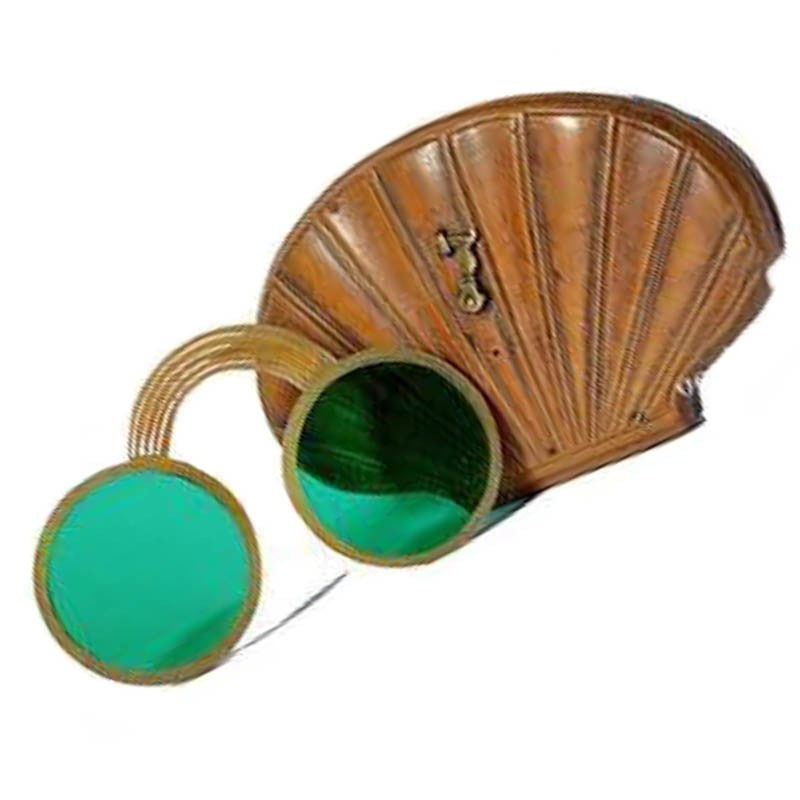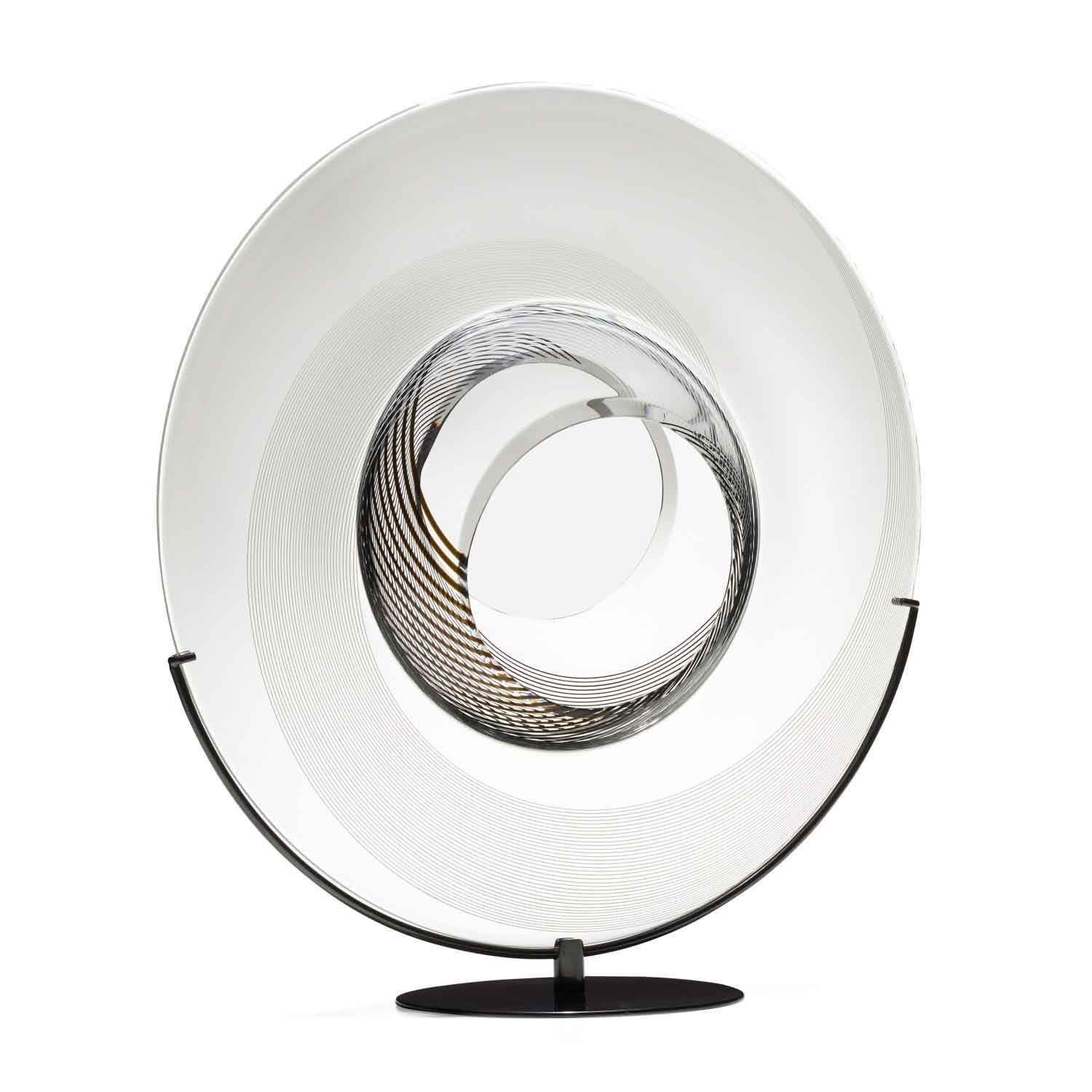It is almost certain that the first sunglasses were made in Murano.
The first lenses in history date back to 1100.
Among these, a chapter of the statute of the art of the Cristalleri, in which it was established that the "roidi da ogli", as the glasses were called by the Venetians, had to be "made with pure crystal".
A clarification that was aimed at protecting production as the scams of those who passed off simple pieces of glass for real lenses were not rare.
A document, dated 1284, traces this malpractice to at least thirty years earlier, thus testifying that the birth of glasses predates the lenses of the Pisan friar or the Florentine Salvino Degli Armati.
Even before 1300, glasses were a real institution in Venice. They were called "roidi da ogli" or "rodoli de vero per ogli per lezer" and did not have the temples.
The lenses were tied with a leather thread and rested on the nose.They were able to resolve presbyopicism and, towards the end of the 1400s, also myopism.
But they were never used just out of need.In fact, glasses soon became fashion objects and from the very beginning they were offered in various shapes.
Wig glasses and hat glasses, lenses inserted in fans and those in the handle of walking sticks were in trend.
During the 1700s the temples were added. And the "lapides ad legendum", that is the lenses, became "sun lenses".
The most famous sunglasses of eighteenth-century Venice are those that collectors call “alla Goldoni”.
There are only 12 examples in the world and they have round green lenses and silk side parasols.
Initially the glass masters called them "gondola glasses" and it is certain that they were created to filter the sun's rays.
Madame Alfred Haymann inserts a print of these fashionable accessories in her book, Lunettes et Lorgnettes de Jadis, published by J. Leroy in 1911.
The French noblewoman specifies that it is a green glass for a gondola or glass for a lady, useful for preserving the view from reverberation. Venice, 18th century.
Just like the eyewear object, the current definition “occhiali" also has ancient roots. From the “roidi da ogli” and the “rodoli de vero per ogli per lezer” of the late 1200s, we passed to the modern “occhiali” as early as 1317.
A commercial document from that year, in fact, defines “occhiali" as the objects for which a license was given to sell to a Venetian merchant.
Credits to Metropolitano.it






Dejar un comentario
Todos los comentarios se revisan antes de su publicación.
Este sitio está protegido por hCaptcha y se aplican la Política de privacidad de hCaptcha y los Términos del servicio.